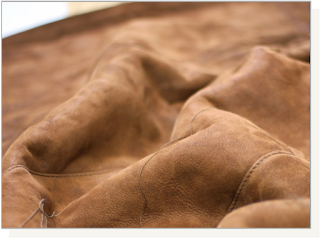Though we may take plants and trees for granted, they are actually very unique and far more complicated than most people know. In fact, plants share many of the senses that humans possess. On Friday, January 26th Naturalists and photographers Barbara and Peter Rzasa will provide insight on how plants actually have developed the ability to see, smell, feel, remember, communicate, tell time and know where they are. How do plants do this? Do they have a “brain” as some researchers advocate? Attend this PowerPoint program to discover just what plants know!
The program will be held at 7PM that evening at the Flanders’ Studio which is located at the intersection of Flanders and Church Hill Road in Woodbury. The cost is $10 for members or $15 for non-members.
Those interested may register online at http://www.flandersnaturecenter.org or call 203-263-3711, ext. 10, for more information.
About Flanders
Flanders Nature Center & Land Trust acquires, preserves and manages land; and uses the land to promote understanding and appreciation of nature, art and the environment. Founded by artist, farmer and environmentalist Natalie Van Vleck, Flanders provides a variety of environmental education programs year-round, designed to bring a deeper understanding of art, nature and farming to children, youth and adults in the Woodbury region and throughout Connecticut.













